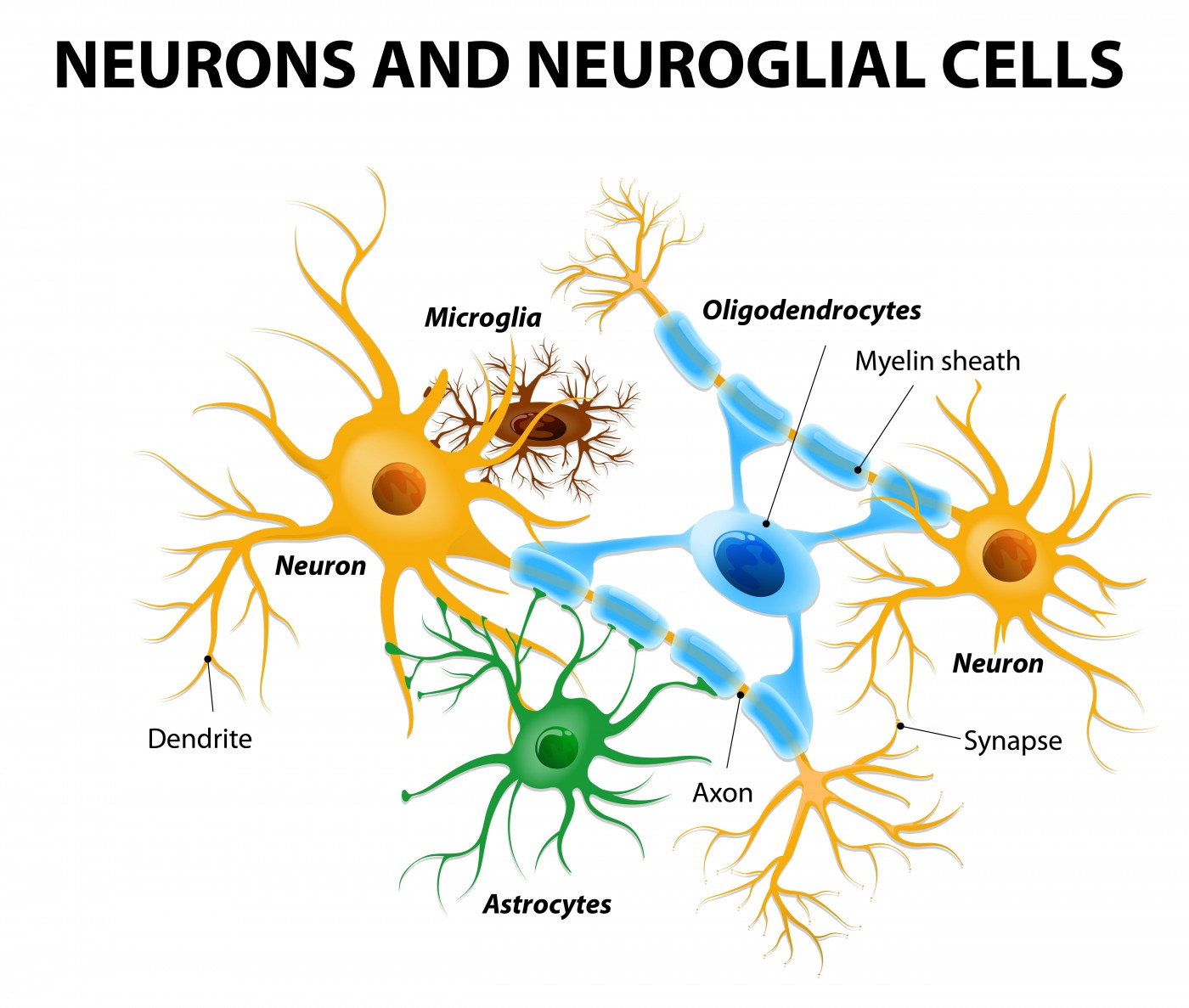Study of Dendrimers in Cerebral Palsy Animal Model Points to New Therapeutic Target

Neuroinflammatory microgial cells from cerebral palsy animal models interact differently with dendrimers, a delivery vehicle that can be further explored for new therapeutics targeting microglial cell behavior. The study, “Microglial migration and interactions with dendrimer nanoparticles are altered in the presence of neuroinflammation,” was published in the Journal of Neuroinflammation.
Microglial cells are the primary resident immune cells in the central nervous system. A pro-inflammatory activation of microgial cells abrogates its neuroprotective function, giving rise instead to a damaging, immune dysregulation response that leads to brain injury. In fact, these neuroinflammation-mediated injuries have been associated with neurodevelopmental disorders, including cerebral palsy and autism.
In a previous study, the researchers showed that delivering an anti-inflammatory agent into a rabbit model of maternal inflammation-induced cerebral palsy attenuated inflammation and significantly improved motor capacity. The team used a particular vehicle of delivery, a dendrimer (a synthetic polymer with a branching, tree-like structure) since its structure selectively localizes in activated microglia.
Now, researchers investigated how dendrimers and microglia cells interact. They performed organotypic whole-hemisphere brain slice cultures (where tissue is removed from a particular organ and then continues to develop in vitro as it would in that organ) from rabbits born under two different conditions — with or without exposure to inflammation during uterine development. Using this model, the team determined microglial cells migration and interaction with dendrimers, and how this pattern is altered with neuroinflamation.
Researchers found that microglial cells in animals with cerebral palsy had an impaired cell migration, shown by a decrease in migration distance and velocity when compared to healthy microglia cells from control (non-diseased) animals. Notably, researchers observed that this slower migratory pattern was associated with an enhanced (higher and more rapid) uptake of dendrimer.
The results suggested that exposure to maternal intrauterine inflammation impairs both microglial cells function and movement in the newborn brain. This phenotype could lead to development of brain injury and potentially contribute to cerebral palsy in the offspring. However, since the altered pattern in microglial cells associates with an increased uptake of dendrimer, this could be explored for therapeutics to deliver drugs specifically to microgial cells and modulate their behavior.


